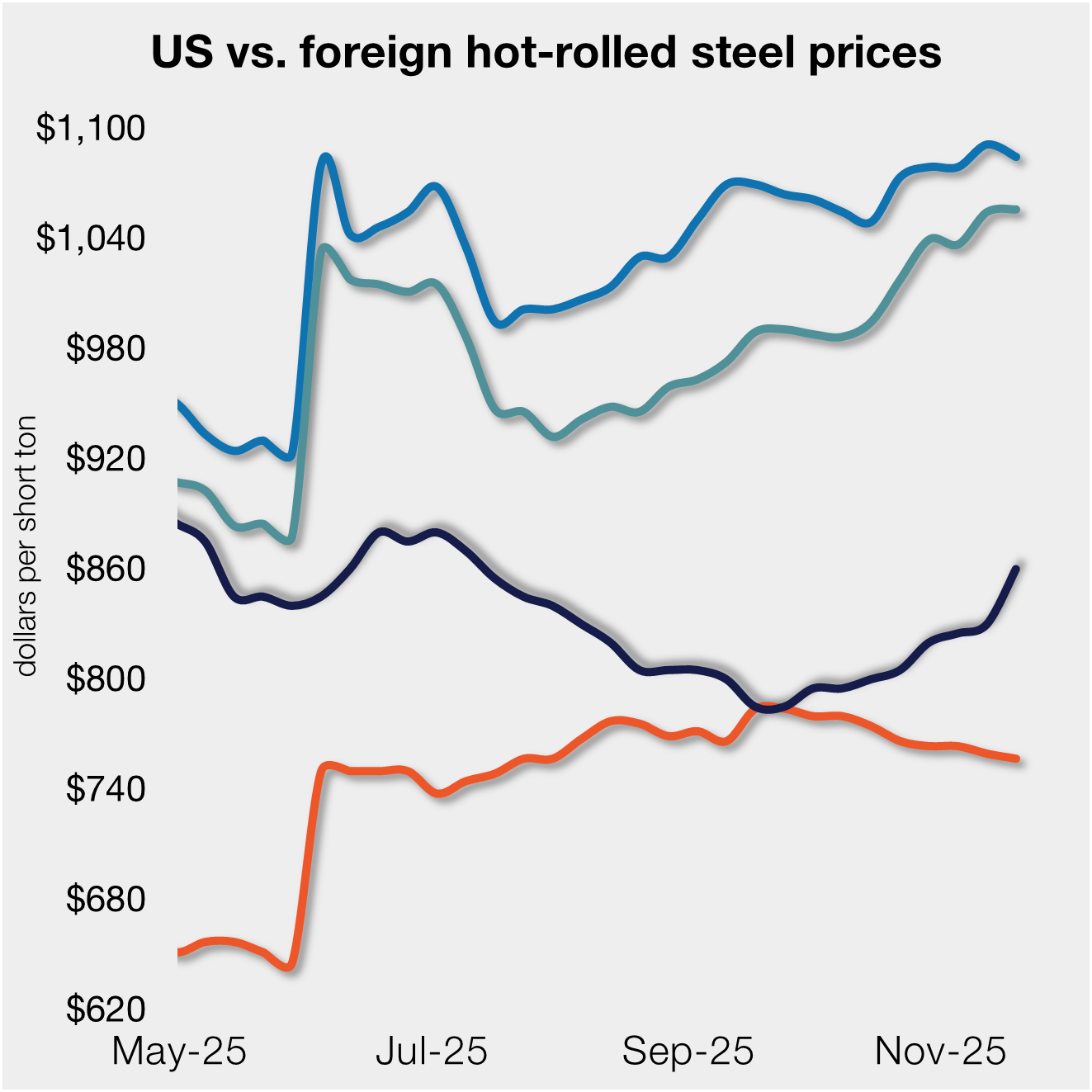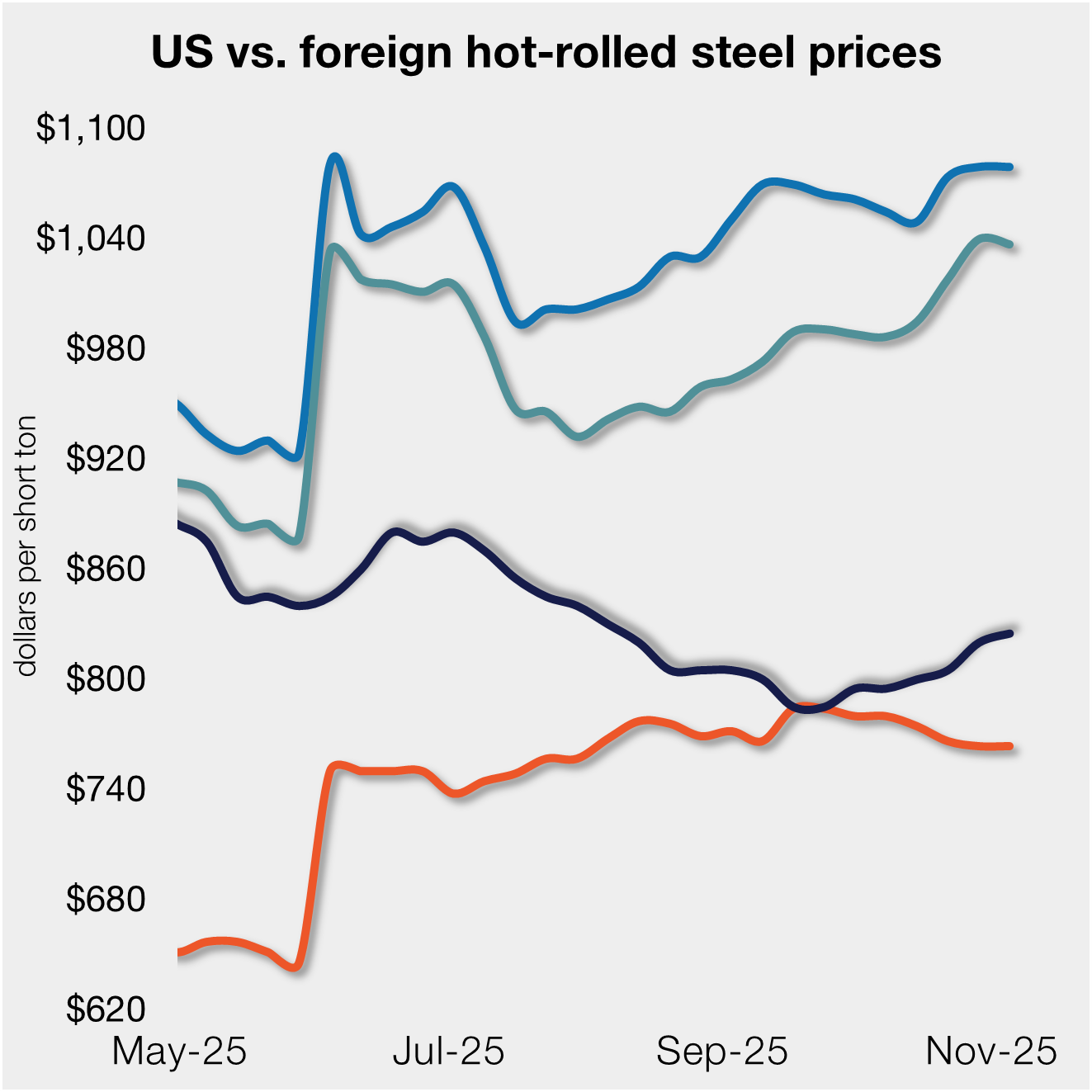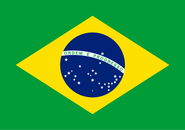Overseas

March 10, 2022
SSAB Exec: Ripple Effects from War in Ukraine to Last for Years
Written by Tim Triplett
The global steel industry will see ripple effects from the war in Ukraine for years to come. Its direct and indirect effects will cut European steel capacity by 30-40% in the near term as the conflict disrupts the flow of natural gas and steelmaking raw materials – most notably steel slabs from Russia, said Johnny Sjöström, president and CEO of SSAB Special Steels, in comments during Steel Market Update’s Community Chat on Wednesday.
![]() SSAB has operations all around the world with annual steel production of 8.8 million metric tons and $10 billion in revenue. In the United States, SSAB operates two production facilities, one in Montpelier, Iowa, and another in Mobile, Ala., where they specialize in production of heavy plate. The company reported $2 billion in U.S. sales in 2021.
SSAB has operations all around the world with annual steel production of 8.8 million metric tons and $10 billion in revenue. In the United States, SSAB operates two production facilities, one in Montpelier, Iowa, and another in Mobile, Ala., where they specialize in production of heavy plate. The company reported $2 billion in U.S. sales in 2021.
Sjöström, a native of Sweden, brought a global perspective to his analysis of the Russia-Ukraine war during SMU’s webinar. Russia’s unprovoked invasion of its neighbor, and the resulting sanctions, will cripple the Russian economy, he said. “Many Russians are ashamed of what is going on. Not a single Russian I have spoken to is supporting this. This is a Putin matter, not a Russia matter.”
While fallout from the war is impacting markets all over the world, Europe stands to suffer the most. In 2021, Russia exported more than 9.3 million tons of slabs, 2.3 million tons to Europe. “This is a significant volume. If this is not getting to the EU anymore, it is going to have a big impact on the supply,” Sjöström said. “Many companies are dependent on this slab supply, so right now they can’t produce anything at all.” He predicts the EU will eventually look to China to fill the slab gap. “We don’t see any other country compensating for the loss of those volumes.”
Not surprisingly, this abrupt shortage of steel slab has caused prices to skyrocket. Sjöström cited reports of companies paying as much as $900 per ton for slab – nearly as much as recent finished coil prices. “There is a panic in the slab market,” he said.
Most countries – though not all – are refusing to trade with Russia over its aggression towards Ukraine. Turkey is a notable exception. Turkish mills reportedly are still buying Russian slabs at prices around $750 per ton, Sjöström said. “So there is a discount on slabs coming from Russia, but the logistics to get the slabs to Turkey make it almost impossible.”
Mills in the U.S. will feel the loss of slabs and pig iron from Russia and Ukraine during the conflict, but the effect should be temporary, Sjöström said. “Short term the U.S. will suffer from a lack of pig iron, but it will be just a short time before they find other routes. It’s just a supply issue. Eight weeks from now it won’t be a problem anymore.”
Prices for all steelmaking raw materials are spiking, including iron ore, pig iron, scrap and other alloys, not just slabs. Trading in commodities is driving prices upward, not just because of the war but also due to widespread speculation, Sjöström noted. “If you look at real demand versus supply, the situation is not as bad. My guess is that commodity prices will come down.”
At least for the near term, depending on how long the war lasts, raw material and steel prices will rise sharply. “I’m certain that [finished steel] prices will be going up. If I was a distributor, I would be holding onto material for another two or three weeks as prices will likely move up to a really high level.”
Asked one webinar viewer: Will trade relations with Russia ever recover? “There will be ripples for a long time,” Sjöström said. “Even if they find a diplomatic solution in the next couple of days, there are a lot of companies that will not produce in Russia anymore. Many will leave Russia. It will take years for Russia to recover from this. As long as Putin is in that position, no one is going to trust Russia, no one is going to invest in Russia. It’s going to be a disaster. The EU may agree to start buying Russian oil and gas again as part of a diplomatic solution, but when it comes to slabs and steel, the whole EU will strive to become independent of Russia.”
By Tim Triplett, Tim@SteelMarketUpdate.com







